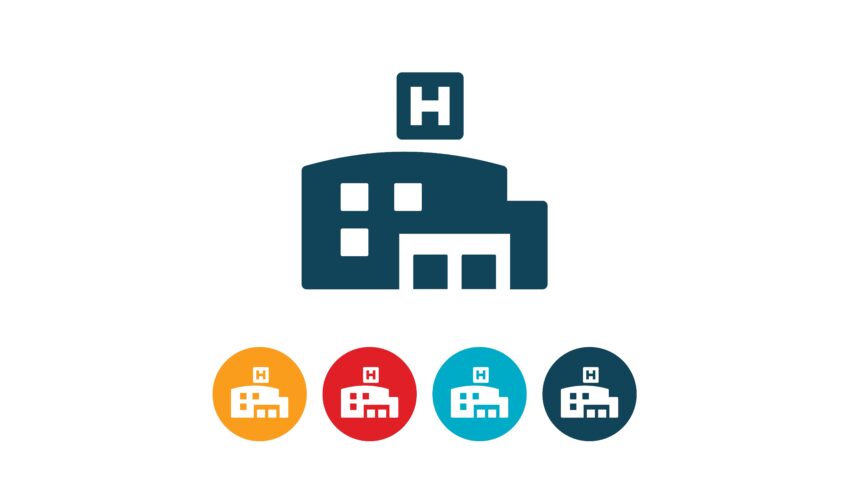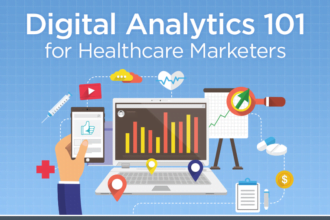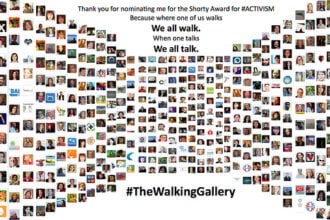Healthcare systems with multiple locations are at risk of being penalized by Google for duplicate content — here’s how to avoid damaging your online visibility. Businesses with multiple locations all face a similar challenge: unless they make a concerted effort to differentiate the web content on each branch’s microsite, Google will actually treat these pages as duplicates and filter them out of search results. Therefore, the online visibility of these individual locations will diminish, along with consumer traffic and potential revenue. Large healthcare organizations are particularly vulnerable to this problem, as many individual locations operating within the same system may utilize identical online resources such as services pages, FAQs, and insurance information. In order to avoid SEO penalties, these healthcare systems must take appropriate measures to create unique content for each branch. Fortunately, there are a number of simple measures that can be taken to differentiate these individual sites and thereby preserve their search engine rankings.
Include Staff Bios
The best way to distinguish one branch from another is by populating each page with unique content. Of course, HIPAA regulations don’t make this easy — by adding patient reviews and testimonials, you run the risk of breaching confidentiality. Consider a safer alternative such as adding staff bios, a branch directory, or links to recent press about that particular location. The type of information you include on these pages is also important — for example if you choose to add staff bios, make sure to include distinct keywords, such as the practice’s name, locality, and that staff member’s field or specialization. Something like, “John Smith began practicing orthopedics at Medical Co. in Akron in 2012.” Each bio should also exude personality and include a photo of the medical professional, which will help bolster patient trust in your medical brand while simultaneously ensuring you stay in Google’s good graces.
A Picture Is Worth a Thousand Keywords
The way in which you incorporate photos can also make a big difference in terms of how Google indexes your pages. First of all, Google prefers pages with multiple images, so rather than simply uploading a generic exterior shot of the building, include a variety of photos from throughout the facility — entranceway, waiting area, exam room, operating room, etc. — along with images of staff members in action. Moreover, the way you name your image files can have a measureable impact as well. If a particular location is called “Cohen Orthodontics” in Brentwood, California, and you simply label your images something along the lines of “brentwood1-web.jpg,” you’re missing out on a huge opportunity. Each photo offers a chance to add descriptive keywords to the image filename and alt-text, thereby differentiating your individual locations from one another and increasing your local search rankings. Rather than the generic approach taken above, be as specific as possible: “cohen-orthodontics-brentwood-ca.jpg.”
Be Consistent, Be Visible
A consistent N.A.P. — shorthand for Name, Address, and Phone Number — is vital when it comes to optimizing your individual location pages for local search. When a medical practice is mentioned online, it is often accompanied by the address, phone number, and web address. If any of these terms are inconsistently listed on different sites, Google may become skeptical of the practice’s authenticity and may penalize its rankings as a result. Larger healthcare networks run a higher risk of N.A.P. inconsistency, so it is especially important to ensure that these terms are uniform across all digital channels. For example, the Children’s Hospital of Pennsylvania is often referred to by its nickname, C.H.O.P., which could potentially confuse prospective patients searching for the hospital online, and even affect search engine rankings. In order to avoid such problems, medical practices should avoid using multiple N.A.P.s on official web listings. Similarly, adding each individual location’s information to Google My Business increases the chances that each branch will be properly indexed and easy for prospective patients to find — meaning they’ll appear on Search, Maps, Google+, and Google Places.








